Stinging insects can be a serious nuisance and even a health risk for those who are allergic to their stings. These pests, which include a variety of bugs that sting, are often found in residential areas, especially during warmer months.
This guide will help you understand the behaviour of stinging insects, identify different species, and explore methods to get rid of them through both natural and chemical options. For severe infestations, professional stinging pest control can provide long-lasting solutions to keep these pests at bay.
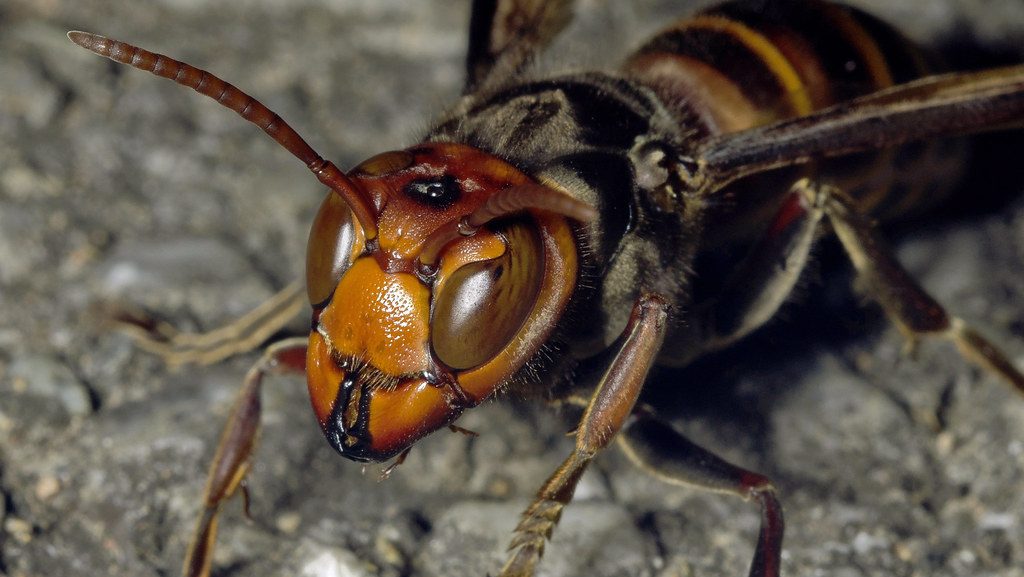
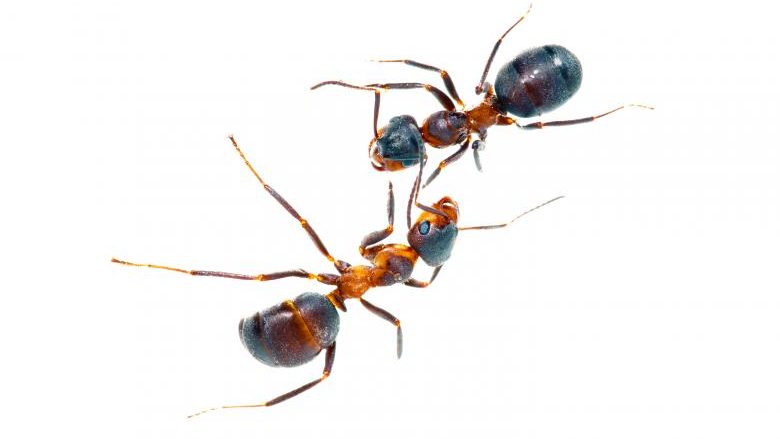


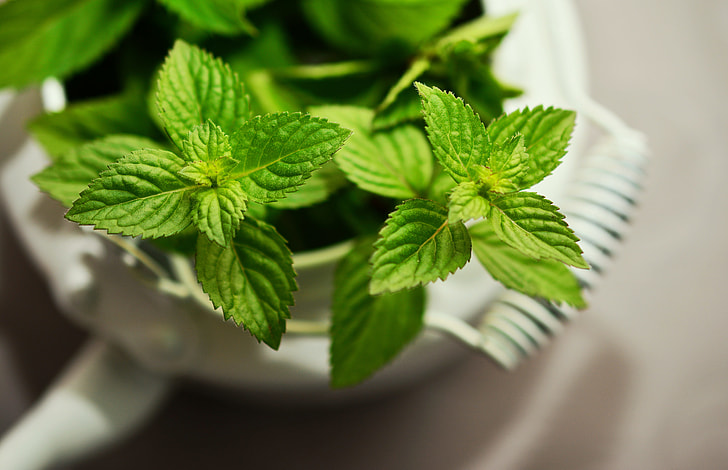
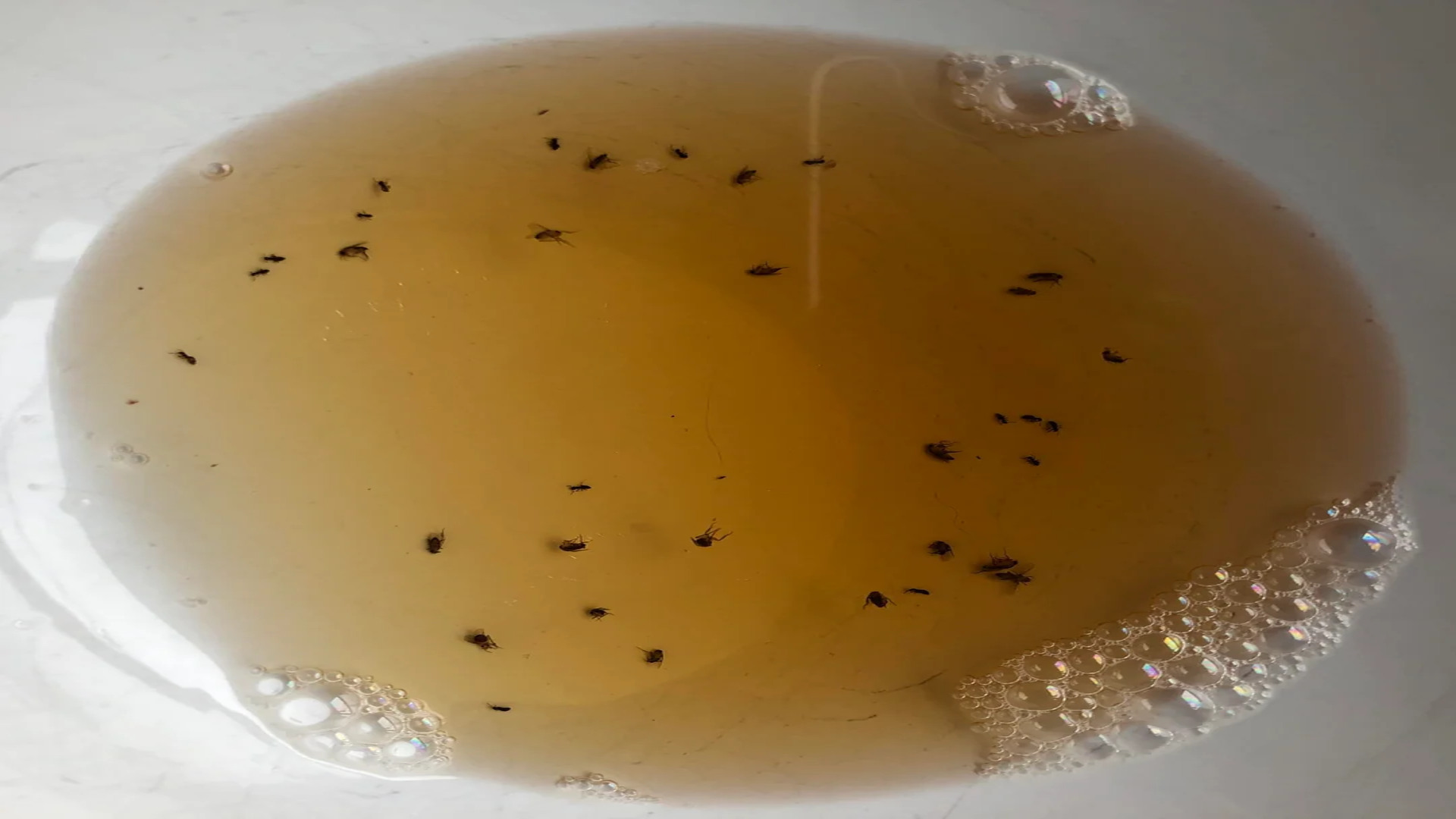

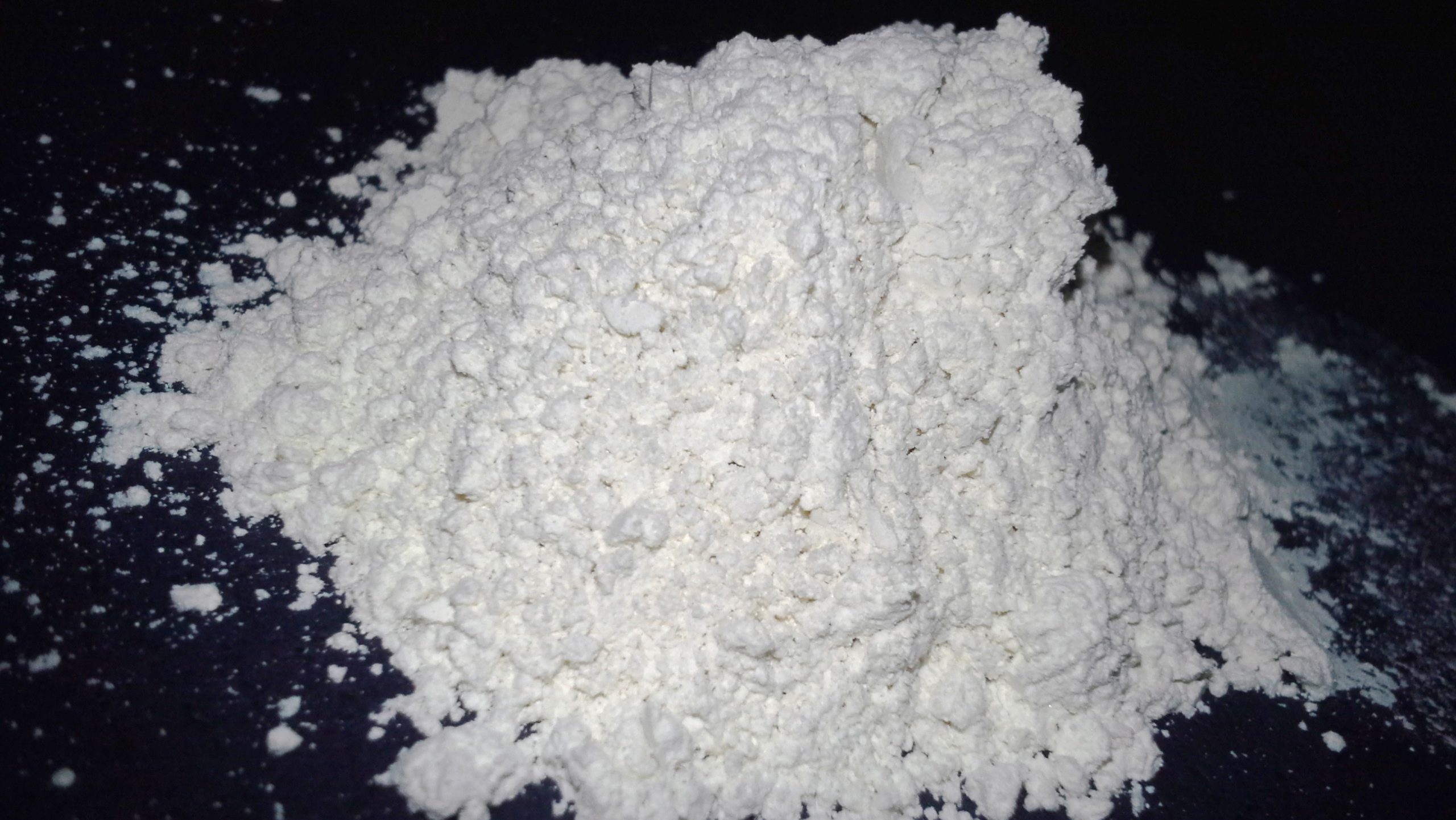
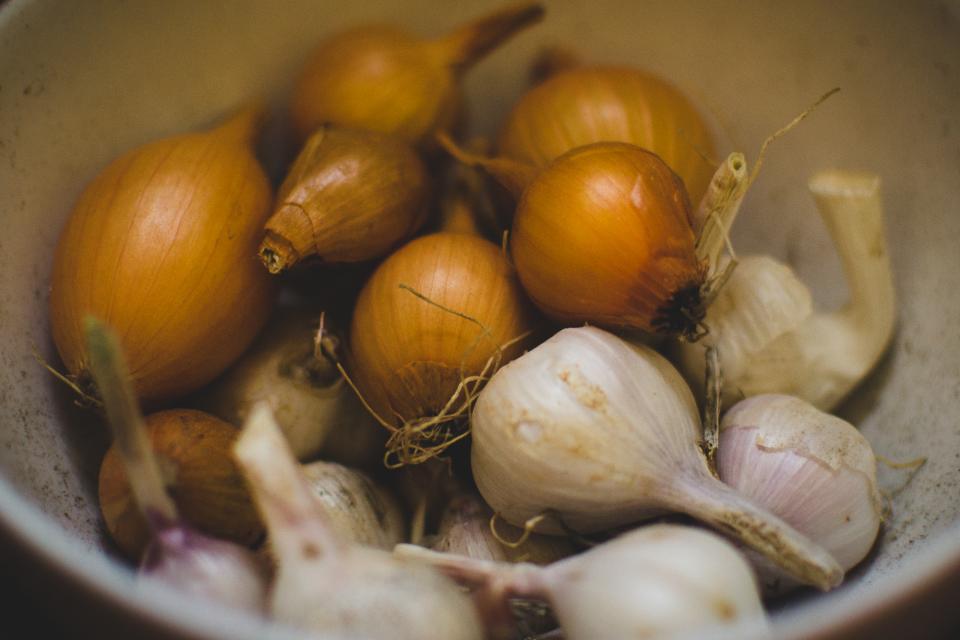 The strong smell of garlic helps keep insects with stingers away, providing a natural barrier for your home.
The strong smell of garlic helps keep insects with stingers away, providing a natural barrier for your home.
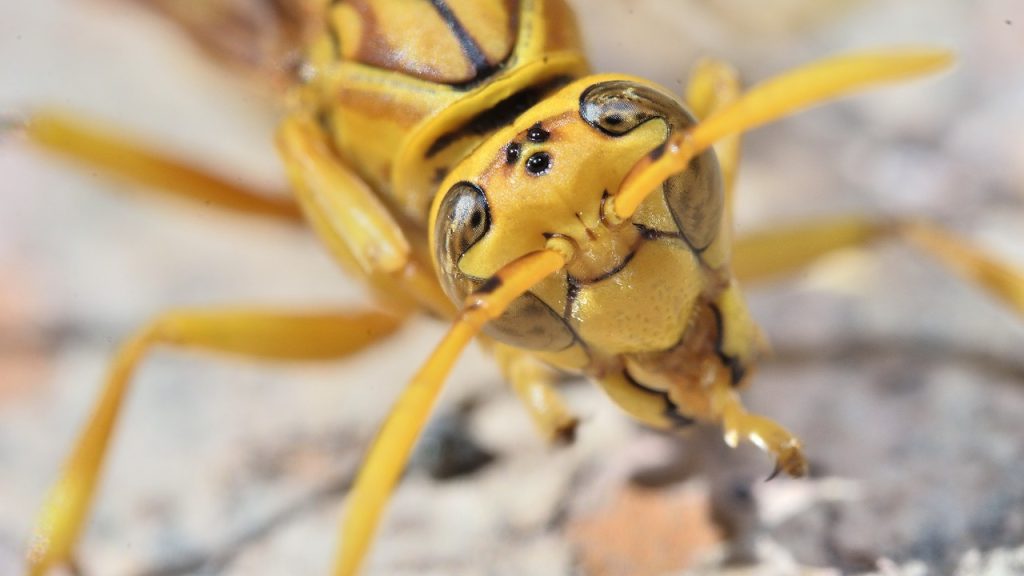

Understanding Stinging Insect Behaviour
To effectively get rid of stinging insects, it’s essential to understand their behaviour and what attracts them. Stinging insects, such as wasps, bees, hornets, and certain types of ants, use their stingers as a defence mechanism. These bugs with stingers typically build nests in hidden areas or near food sources, making them a common sight near homes, gardens, and yards. Some flying bugs that sting are drawn to sweet substances, which explains why they are often seen near fruit trees, garbage bins, or open food containers during outdoor activities. Others, such as black stinging insects, may build underground nests or take shelter in hidden spots around the home. Understanding what attracts these pests and their behavioural patterns can help in implementing effective control methods.

Not getting a solution?
Get your free pest control estimate today!DIY Recipes for Stinging Insect Removal and Control
If you prefer natural methods, there are several DIY solutions to get rid of stinging insects safely. These remedies are simple, cost-effective, and can help manage minor infestations. Here are five top DIY methods:1. Peppermint Oil Spray for Stinging Insects
Peppermint oil is a natural repellent for stinging insects and can be used around entry points to prevent them from entering your home.
INGREDIENTS
-
 2 cups of water
2 cups of water
-
 10-15 drops of peppermint essential oil
10-15 drops of peppermint essential oil
-
 1-2 drops of dish soap
1-2 drops of dish soap
INSTRUCTIONS
1. Mix the Ingredients
- Mix the water, peppermint oil, and dish soap in a spray bottle.
2. Shake Well
- Shake well to combine the ingredients.
3. Apply the Spray
- Spray the mixture around windows, doors, and areas where flying bugs are seen.
Note
Reapply every few days, especially after rain, to maintain effectiveness.2. Vinegar and Soap Solution
This vinegar-based spray can kill stinging insects on contact and act as a deterrent when applied around common nesting areas.
INGREDIENTS
-
 1 cup of white vinegar
1 cup of white vinegar
-
 ½ cup of dish soap
½ cup of dish soap
-
 1 cup of water
1 cup of water
INSTRUCTIONS
1. Combine Ingredients
- Mix the vinegar, dish soap, and water in a spray bottle.
2. Shake to Blend
- Shake well to blend.
3. Spray and Reapply
- Spray directly on stinging insects or apply to nesting areas.
Note
Reapply as necessary to keep areas protected.3. Soapy Water Trap
A simple soapy water trap can capture and kill flying stinging insects that enter your home.
INGREDIENTS
-
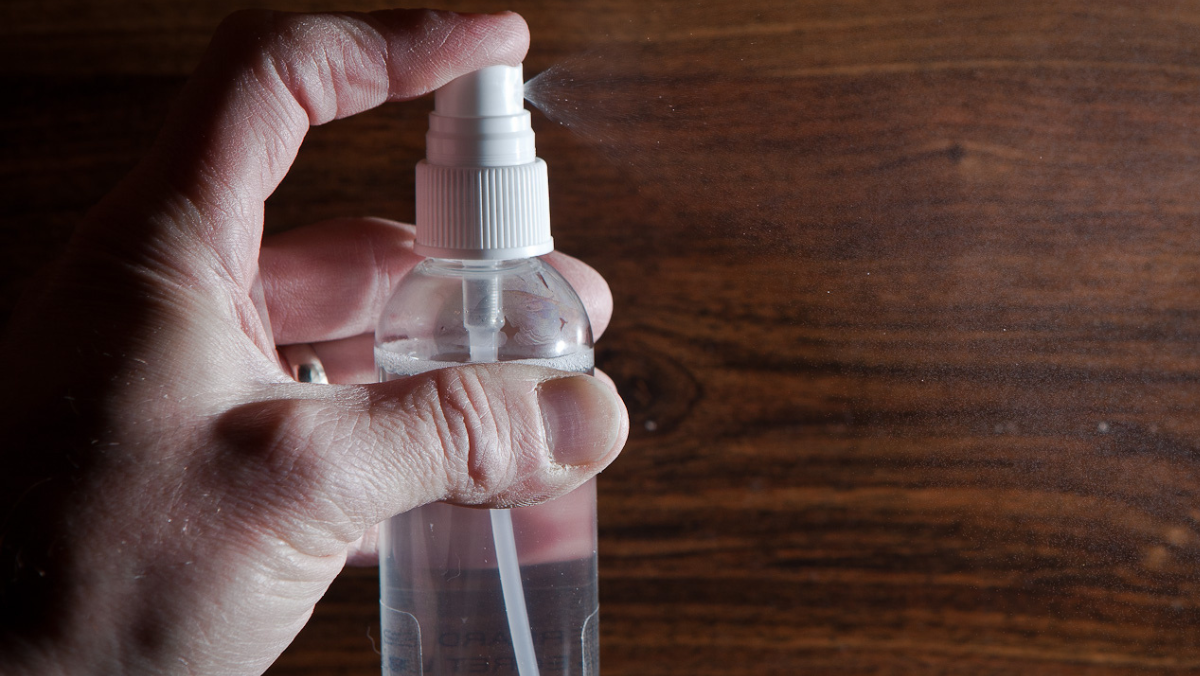 1 quart of water
1 quart of water
-
 1 teaspoon of dish soap
1 teaspoon of dish soap
INSTRUCTIONS
1. Prepare the Solution
- Fill a large bowl with water and add dish soap.
2. Place the Trap
- Place the bowl near light sources where insects gather.
Note
Best placed near light sources to attract insects.4. Diatomaceous Earth (DE)
Diatomaceous earth dehydrates and kills stinging insects upon contact, serving as a natural and effective deterrent.
INSTRUCTIONS
1. Apply DE Powder
- Sprinkle food-grade diatomaceous earth around common nesting sites, such as window sills and door frames.
2. Leave in Place
- Leave the powder for several hours or overnight.
Note
Reapply every few weeks for continuous protection.5. Garlic Spray
Garlic is a strong natural repellent that can deter stinging insects from nesting near your home.
INGREDIENTS
-
 2 cups of water
2 cups of water
-
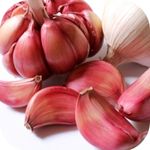 4-5 crushed garlic cloves
4-5 crushed garlic cloves
INSTRUCTIONS
1. Prepare the Mixture
- Crush the garlic and add it to the water in a spray bottle.
2. Infuse the Mixture
- Let the mixture sit for a few hours to infuse.
3. Spray the Solution
- Spray around entry points and outdoor areas frequented by insects.
Note
Reapply every few days for best results.Why Stinging Insects Infest Homes and Yards
Stinging insects are attracted to certain environmental factors that make residential areas ideal for nesting. Here are some common reasons why insects with stingers might choose your home or yard:Attractants for Stinging Insects
-
Food Sources: Many flying stinging insects are attracted to sugary foods, meats, and trash, making outdoor gatherings a prime spot for stings. Bees, wasps, and hornets are especially attracted to sweet substances.
-
Shelter and Nesting Sites: Stinging insects seek out protected spaces to build their nests, which can include attics, eaves, wall cavities, and even underground burrows.
-
Warm Temperatures: Certain stinging insects, especially those found in warmer climates like the stinging insects found in the U.S., are more active during the warm months. They are often seen more frequently in southern states due to the favorable climate.

Identifying Different Types of Stinging Insects
Understanding the type of stinging insect in or around your home is essential for implementing the correct control methods. Here are some common insects that sting and how to identify them:Common Types of Stinging Insects
-
Yellow Jackets: Recognizable by their black and yellow striped bodies, yellow jackets are aggressive bugs with stingers that build nests in hidden areas and attack in swarms when disturbed.
-
Paper Wasps: These flying stinging insects have slender bodies with yellow or brown markings. They usually build open, umbrella-shaped nests under eaves or porch ceilings.
-
Honeybees: Known for their role in pollination, honeybees are not usually aggressive but will sting if provoked. They are essential for the ecosystem and should only be removed when they pose a direct threat.
-
Fire Ants: A type of stinging insect found in the southern U.S., fire ants create large mounds and can deliver painful stings when disturbed.
-
Wasps: Wasps are slender flying stinging insects with narrow waists, often black, yellow, or brown. They build papery nests under eaves, in sheds, or in attics, and can become defensive when threatened. Wasps are drawn to sweet foods and can sting multiple times.
-
Hornets: Hornets are large, black-and-yellow or black-and-white stinging insects known for their aggressive behavior, especially when their nests are threatened. They often build large, enclosed paper nests in trees, bushes, or under eaves. Hornets can deliver painful stings and will defend their nests vigorously.
Infestation Signs & Where to Find Stinging Insects
Signs of a stinging insect infestation include visible nests around the home, frequent sightings of stinging insects near food or garbage, and sudden swarms around outdoor spaces. Here’s where you’re likely to find these pests:- Around Structures: Check for nests under eaves, rooflines, or in wall cavities. Many stinging insects prefer elevated structures for their nests.
- Gardens and Lawns: Inspect for underground nests, especially if you notice black stinging insects emerging from soil or grass.
- Outdoor Furniture and Trees: Bees, wasps, and hornets are attracted to shaded spots near food sources, making trees and patio areas a common habitat for flying stinging insects.
General Prevention Tips to Keep Stinging Insects Out
Effective prevention can reduce the likelihood of stinging insects infesting your home or yard. Here are the key preventive measures:Preventive Tips for Stinging Insects
-
Seal Entry Points: Check for cracks and gaps around windows, doors, and eaves. Use caulk to seal any openings and prevent insects that sting from entering.
-
Remove Food Sources: Keep trash bins sealed, and clean up food residues from outdoor areas to avoid attracting bugs that sting.
-
Reduce Outdoor Lighting: Since flying stinging insects are drawn to light, limit outdoor lighting at night and use yellow bug lights.
-
Trim Vegetation: Maintain a tidy yard by trimming bushes and removing fallen leaves or other debris that can harbor stinging bugs.
Dos and Don’ts for Effective Stinging Insect Control
DO'S
-
Use natural repellents like peppermint oil and garlic spray.
-
Wear protective clothing when dealing with insects with stingers.
-
Call a professional for severe infestations.
DON'TS
-
Avoid swatting at flying stinging insects near nests, as this can provoke them.
-
Don’t disturb nests without proper equipment and preparation.
-
Refrain from using chemicals in enclosed areas without ventilation.





